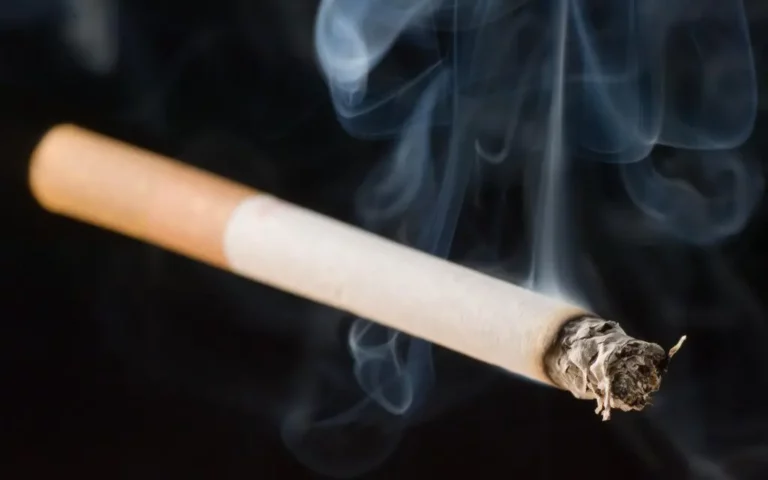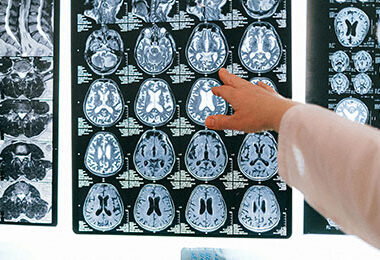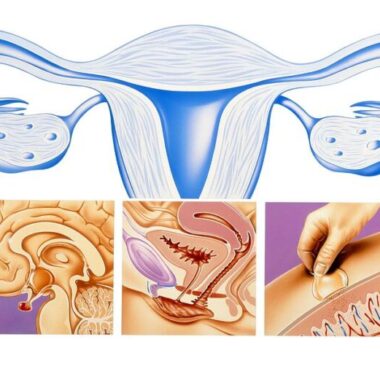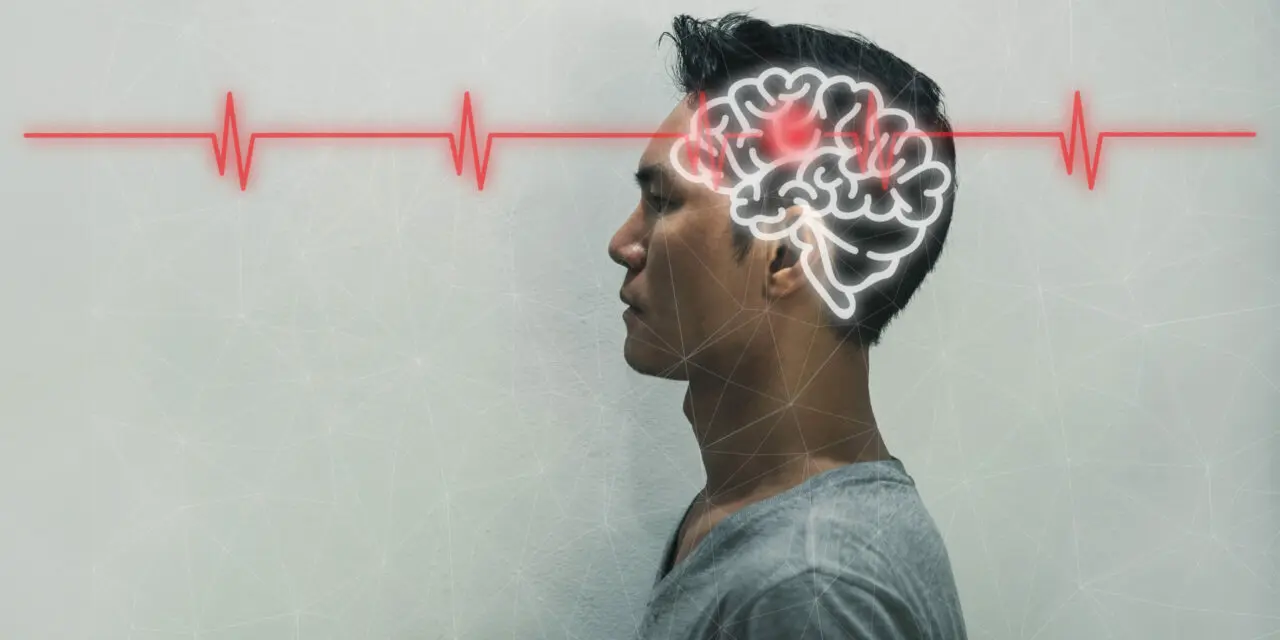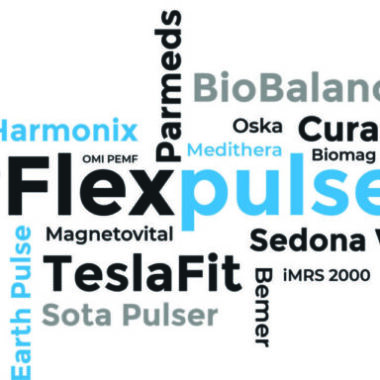Smoking Cessation
Table of Contents
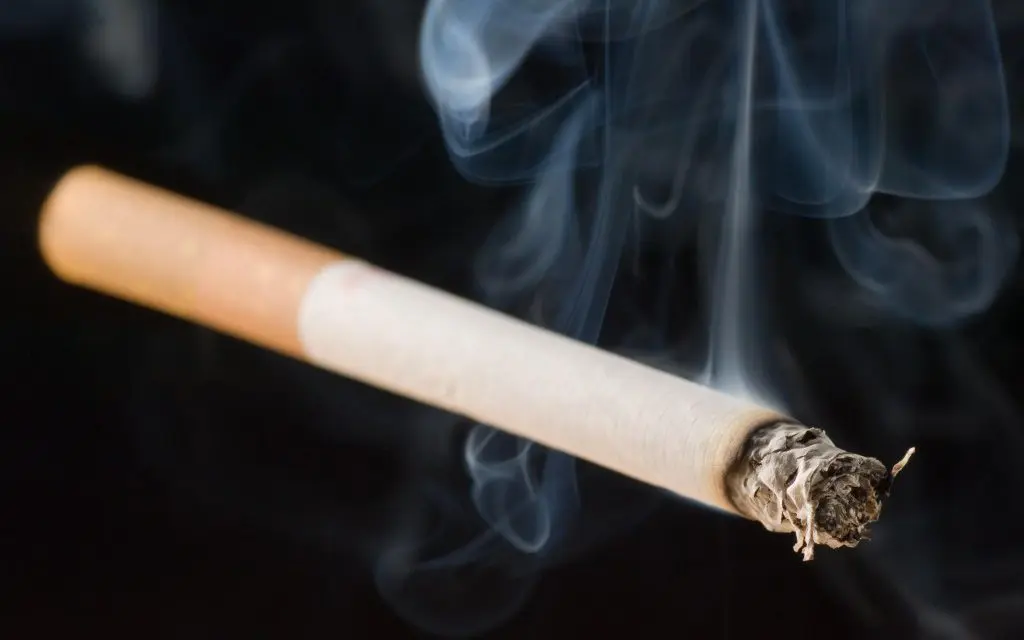
When willpower doesn’t work, smokers who want to quit may have a new tool someday: magnetic brain stimulation.
STUDY OF SMOKERS
A study was done 115 smokers over 13 sessions of the treatment. Over three weeks, it helped some heavy smokers quit for as long as six months.
This noninvasive technique is called repeated high-frequency transcranial magnetic stimulation (TMS). It sends electric impulses to the brain. It is sometimes used to treat depression.
Using noninvasive stimulation can reduce nicotine craving and smoking. Basically, you stimulate regions in the brain that are associated with craving for drugs. Then, you can change the circuitry in the brain that mediates this dependence. Eventually you can reduce smoking, and many of those treated stop smoking.
The study participants smoked at least a pack a day and had failed at least two previous attempts to quit. The researchers divided the participants into three groups. One group received up to 10 Hz brain stimulation. Another group had 1-3 Hz stimulation, and the third received a sham treatment. The groups were further divided into those who saw a visual cue — a picture of a lit cigarette — just before stimulation and those who didn’t.
The idea of the cue is to make sure attention is directed at smoking and not some other craving. After 13 treatments, those who received the highest level of stimulation plus the visual cue had the best results. 44 percent of them had quit. After six months, one-third of this group were still not smoking. This was compared to 28 percent of those who weren’t shown the visual cue before treatment.
The results of the study were scheduled for presentation at the annual meeting of the Society for Neuroscience in San Diego.
ADDING BRAIN STIMULATION TO OTHER SMOKING CESSATION METHODS LIKE NICOTINE SUBSTITUTION MIGHT MAKE IT EVEN MORE EFFECTIVE
This treatment is not a simple procedure, and the six-month results may not be as good as the success rates for other treatments, including medication and nicotine replacement, combined with behavioral components.
Using this experimental, treatment approach with high intensity PEMFs at specialized medical treatment centers, not typically covered by insurance, can be inconvenient and very expensive. However, using less expensive PEMF stimulation systems such as can be found on drpawluk.com, may serve as reasonable substitutes to help with smoking cessation, and potentially cessation from other substances of abuse.
In this situation, PEMFs would be applied daily for 30 to 60 minutes to the prefrontal cortex (that is, the forehead) and the insula, just inside the sides of the brain, at about the level of the ears. This can be accomplished with a pillow applicator or the coils of a local PEMF device, such as SomaPulse, with the coils applied on other side of the head.
